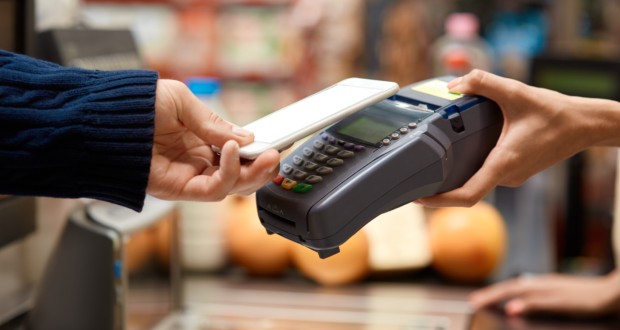It shows the fastest growth among the over 65s for the third year running.
Mobile wallets are also gaining ground, particularly with younger shoppers, while Chip and PIN and cash are the preferences for purchases over £100.
Across the population as a whole, a record 93.4% of all in-store card transactions up to £100 were made using contactless in 2023, and in total there were 7.8% more ‘touch and go’ transactions than in 2022.
On an individual level, the average user made more transactions (up from 220 to 231), on more expensive items (the average purchase cost £15.69 – up 3.8%), meaning that they spent more overall (£3,623 – up 8.9%).
While contactless is still more popular among younger consumers, the gap between older and younger audiences continues to narrow, according to the data.
In 2023, the percentage of active users among 85–95-year-olds (80.1%) crossed 80% for the first time.
More broadly, for the third year in a row, over-65s were the fastest growing segment for contactless usage, up 4.1% year-on-year.
However, there is still a division among contactless users when it comes to preferences for making contactless payments using a mobile wallet versus a physical card.
Research from Barclays shows just 3% of over-75s prefer a mobile payment over using a physical card, whereas a quarter of 18-34-year-olds say they prefer to use their phone.
The increasing popularity of mobile payments; which have no contactless upper limit via two-factor authentication; means some younger shoppers now opt to go cardless when leaving home.
More than one in five (22%) of those aged 18-34 regularly leave their wallet behind when out shopping in favour of paying with their smartphone, in comparison to just 1% of over 75s.
As a consequence for increased ‘touch and go’ mobile spending, nearly one fifth (18%) of Brits admit they also have trouble remembering their PIN when prompted
 Talking Retail Grocery and product news for independent retailers
Talking Retail Grocery and product news for independent retailers






